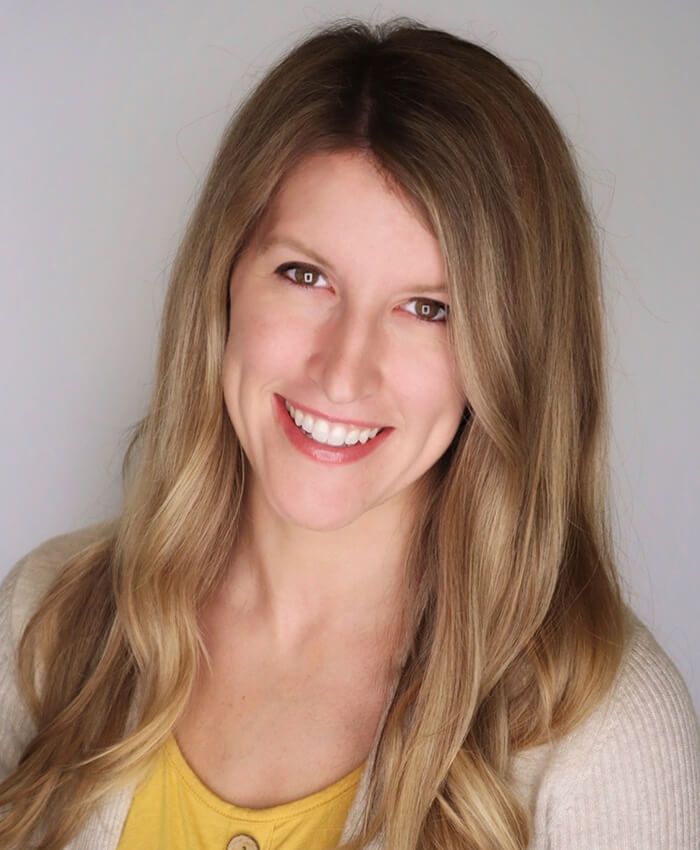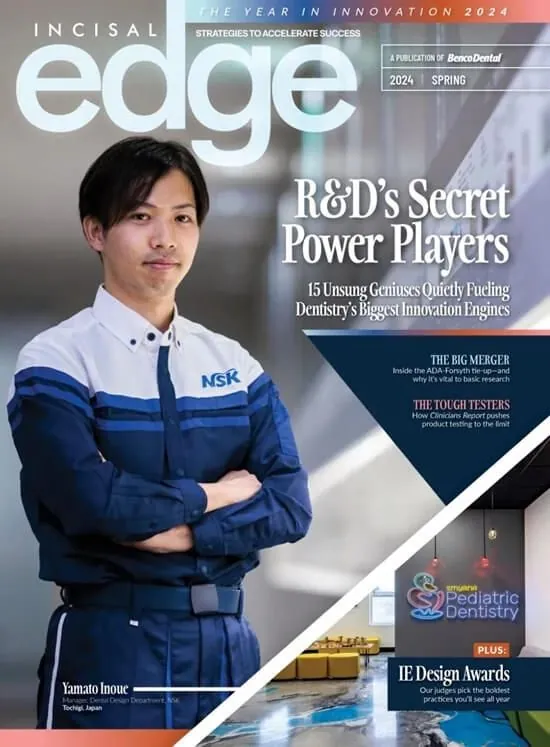We all use devices and technologies that do things better than humans—many of which date to the 1970s and ’80s. Is there any rational argument for soft-pedaling the adoption of dental AI?
By Sarah Dean, RDH

Think of all the time-saving advances that have made life easier but which faced initial resistance. Spell check? Some people complained it was strictly for the lazy and would make us all dumber, but imagine going back to using a dictionary. In-car navigation? Granted, a few people each year blindly follow their GPS into the ocean, but the other 99.9 percent of the time, it saves countless hours for drivers worldwide and helps us focus on the road ahead. The list goes on and on: Siri on your iPhone, voice remotes for your TVs, collision avoidance in your car.
So yes, you can soldier on manually eyeballing 2D images unassisted, just as you could go back to using paper maps. But why would you want to? If we boil it down, all AI really does is help us see things that aren’t easily identifiable with the naked eye. It makes things quicker and more efficient, giving doctors back a few minutes during each exam. Those extra minutes add up quickly in health care, where time equals money. Besides, dentistry is challenging enough as it is. Why work harder than you need to?
AI’s advantages become even more compelling when we think of the future and 3D imaging. It’s one thing to look at a single-slice 2D image followed by a peek into your patient’s mouth. It’s impossible to do the same with 3D and a thousand slices. The benefits of AI deep learning models reduce the substantial potential for human errors, enhance visualization, provide more information and easily outperform what humans are capable of. Scary? Hardly. Antilock brakes have been around since before I was born, and to this day, no human can duplicate their split-second ability to modulate brake pressure so rapidly. None of us loses sleep over the fact that the cars in our driveways can brake more efficiently than we can, so why would we lose sleep over AI diagnostics?
From what I’ve seen, practices that use AI to increase treatment acceptance see a 20 percent to 35 percent overall boost. That’s a big number.
Putting all that aside, let’s get down to the real make-or-break for any practice: treatment acceptance. Doctors can talk ad nauseam about a treatment plan, but some patients will always be resistant. AI won’t replace your diagnosis, but it’ll help by providing clear visual evidence to back it up. It’s the old “a picture is worth a thousand words” cliché, except close-up, colorized and quantified. From what I’ve seen, practices that use AI to increase treatment acceptance see a 20 percent to 35 percent overall boost. That’s a big number.
The best part is, AI isn’t any harder to adopt than tech we’re already using. It is, by nature, designed to be intuitive, user-friendly and trustworthy. It pays for itself. It saves time. It reduces effort and lowers stress. I wish I’d had it when I was a practicing hygienist, and it’s why I’ve broadened my career path to advocate for its adoption. There’s nothing fake about its potential. AI is a no-brainer, soon to be indispensable, and most importantly, it’s a serious competitive advantage for early adopters right now.
SARAH DEAN, RDH practiced hygiene for more than five years before specializing in dental software and technology. A graduate of Wichita State University and Kansas State University in dental hygiene and biological sciences, she is Benco Dental’s Software Solutions Product Manager.



